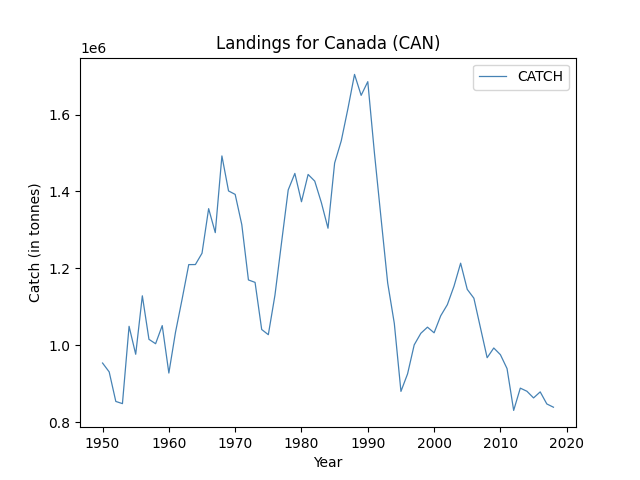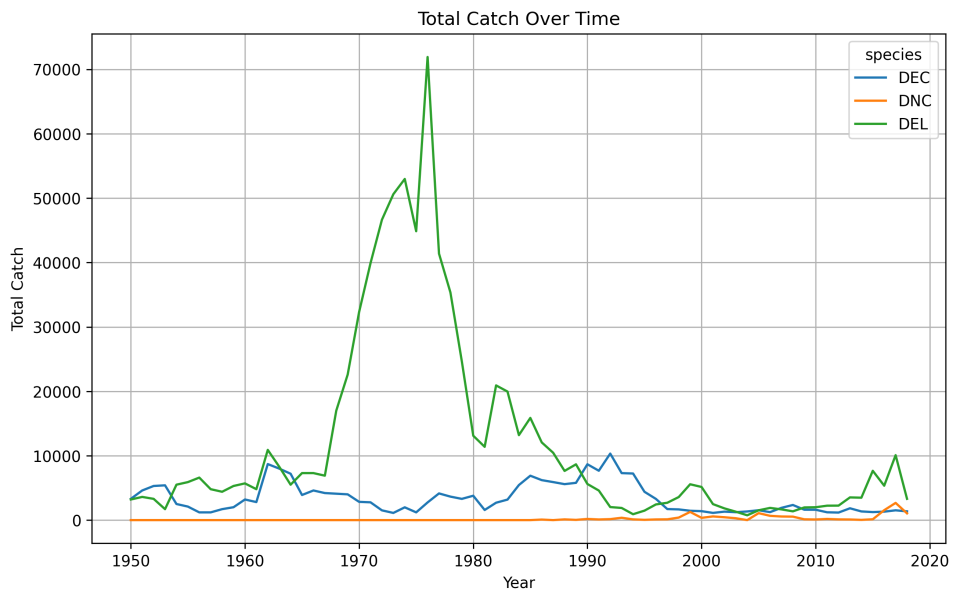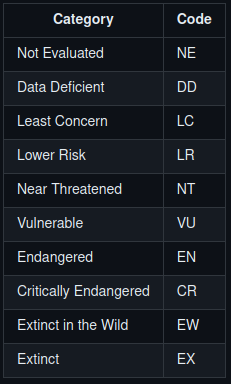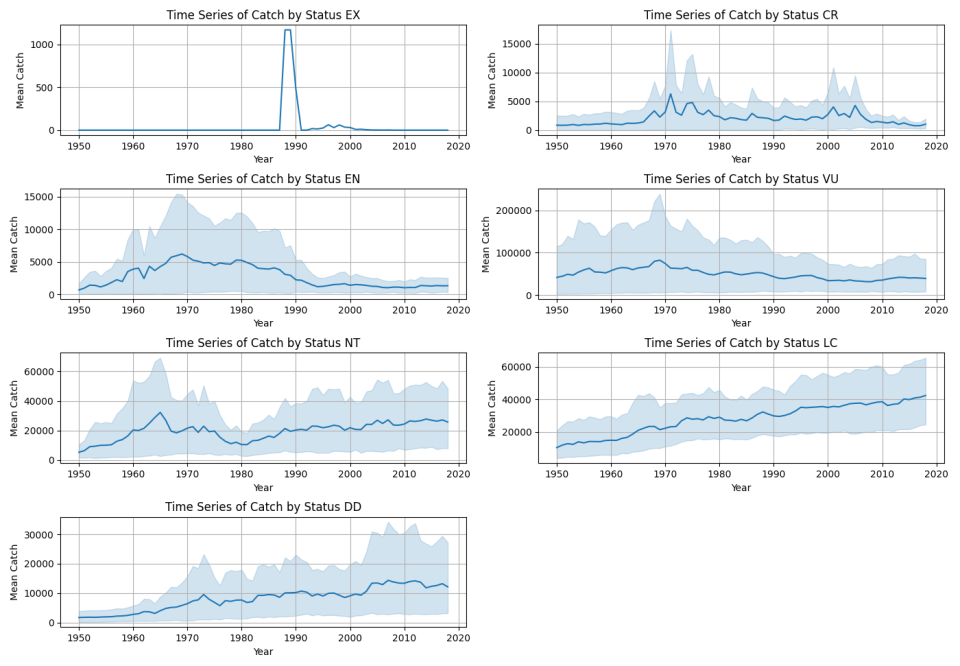Building a Fish Information Fetching Web Application with Flask
In this post, I'll walk through a Python web application that fetches detailed information about fish species from FishBase, and then summarizes the data using OpenAI's GPT-3.5 model. This application is built using the Flask framework and includes web scraping and natural language processing.
Setting Up Flask
First, we import the necessary libraries and set up our Flask application:
from flask import Flask, request, jsonify, render_template
import requests
from bs4 import BeautifulSoup
from openai import OpenAI
import wikipediaapi
app = Flask(__name__)
Fetching Fish Information from FishBase
The get_fish_info function takes the species name as input, constructs the URL for FishBase, and scrapes the information using BeautifulSoup:
def get_fish_info(species):
url = f'https://www.fishbase.se/summary/{species}'
response = requests.get(url)
if response.status_code != 200:
return {"error": "Species not found or failed to fetch data"}
soup = BeautifulSoup(response.content, 'html.parser')
[s.extract() for s in soup(['style', 'script', '[document]', 'head', 'title'])]
info_fishbase = soup.getText()
return {
"info": info_fishbase,
}
Summarizing the Information with OpenAI GPT-3.5
To provide a concise summary of the fetched data, I use OpenAI's GPT-3.5. The generate_summary function interacts with the OpenAI API to generate the summary:
def generate_summary(info):
api_key = 'YOUR_OPENAI_API_KEY' # Replace with your actual OpenAI API key
client = OpenAI(api_key=api_key)
prompt = f"Generate a concise summary for the following fish information:\n\n{info}. The summary must contain all the important features and data about the species, based on the information given."
completion = client.completions.create(
model="gpt-3.5-turbo-instruct",
prompt=prompt,
max_tokens=150
)
return completion.choices[0].text.strip()
Creating Routes in Flask
I define two routes: one for the home page and another for fetching the fish information:
@app.route('/')
def index():
return render_template('index.html')
@app.route('/fetch', methods=['POST'])
def fetch():
data = request.json
species = data['species'].replace(' ', '-')
fish_info = get_fish_info(species)
if 'error' in fish_info:
return jsonify(fish_info), 404
summary = generate_summary(fish_info['info'])
fish_info['summary'] = summary
return jsonify(fish_info)
Running the Application
Finally, we run the Flask application in debug mode:
if __name__ == '__main__':
app.run(debug=True)
From that, I build a simple web app (the whole project is available on my github ):

The length of the summary is determined by the number of tokens allowed in the model's response. In this example, the token limit caused the last sentence to be incomplete.



